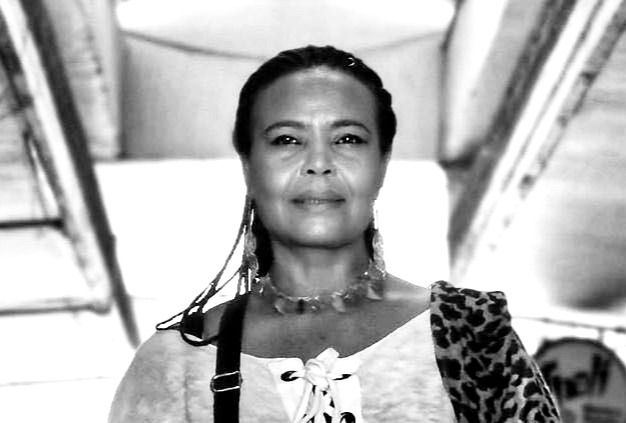From Division to Devastation: Understanding the Path to Genocide
- Pauline El-Khoury
- Jan 29, 2024
- 3 min read
Updated: Feb 14, 2024

On Holocaust Memorial Day, we contemplated the trajectory towards genocide and its relevance to our work. This reflection pays homage to the 6 million Jews murdered during the Holocaust, alongside the millions of people murdered as a result of Nazi persecution of other groups, and during more recent genocides in Cambodia, Rwanda, Bosnia and Darfur. By acknowledging and memorializing past genocides, we emphasise the need for vigilence against discrimination, hatred, and violence, both now and in the future.
The idea that genocide is a process that can be seen as a series of non-linear stages is not new. Gregory H. Stanton, President of Genocide Watch, developed the well-known 10 Stages to Genocide, and Aegis Trust, inspired by the work of Prof. Ervin Staub, also developed a Continuum of Violence, made up of ten stages. Seeing genocide as a process is key in mass atrocity prevention because if a process can take hold in one direction, it could also be reversed.
The 10 Steps towards Genocide
Drawing inspiration from others, Rights for Peace uses its own variation of a 10-step process that leads to genocide. For us, the process begins with increased Polarisation, where an in-group develops a heightened sense of identity and perhaps superiority usually due to external triggers. We have seen this with Brexit and the return of far-right and nationalist support in the UK, across Europe and elsewhere. Increased stereotyping and differentiation follows, whereby old or new narratives about an “other” surface. For instance, narratives about migrants or certain groups that “are not the original people from this place” or "real" citizens. With this, the divisive narrative includes elements of blame on the ‘out-group’. Scapegoating intensifies, creating an "us versus them" sentiment that normalises negative perceptions, whereby the out-group only have themselves to blame for their plight.
Discrimination & Demonization mark the next phases, leading to the exclusion and punishment of the targeted group through discriminatory laws. In the UK we saw this with the development of what was termed a "hostile environment" for migrants. Demonisation was accompanied by legal barriers around the notion of "illegal migrants". Dehumanisation is an important next step in this trajectory and involves propaganda that portrays the out-group as subhuman, paving the way for the Loss of Active Bystanders . Leaders who might once have protested or spoken out succumb to the increasing invisibility and disempowerment of the outgroup.
Repression follows, with limits on liberty and sporadic violence tolerated. This is where strong institutional structures, independent police force, judiciary and free press can make a difference. If violence is not condemned and perpetrators are not brought to book, then societal repression can become institutionalized, with the police and government agencies enforcing repression. In fragile states where small arms are readily available and armed groups or militia are present, the slipping into the next phases will be harder to reverse.
Systematic violence that is planned is the next step, amounting to persecution, involving arrests, detentions and repeat violence. Where political tensions and conflict point to the out-group, organised violence and killings become possible, leading to perpetration of genocide. Acts that are aimed at destroying the group or inflicting conditions on the group to bring about its destruction include physical and psychological violence, including sexual violence, forced displacement, mass deportations, starvation, as well as extermination. We see the final stage as denial, where perpetrators or later generations deny the atrocities committed and do not acknowledge the victims. For victims, invisibility and denial are another form of violence.

Why It Matters
Understanding these stages and where one’s own context is situated amongst them is key to preventing genocide. At each phase, intervention is possible, offering a chance to halt the progression. By recognising early signs, individuals, communities, and the international community can unite to challenge discrimination, counter hate speech, and advocate for the rights of targeted groups.
The 10 steps draw from Stanton and Staub's work and contribute unique insights, enhancing our collective understanding. By familiarising ourselves with the 10 stages of genocide and recognising the importance of various perspectives, we empower ourselves to be active bystanders and agents of change. Through awareness and collective action, we can work towards a world where the shadows of genocide are mitigated. Understanding these stages is not just a historical exercise; it is a call to action to ensure that such atrocities never happen again.




Comments